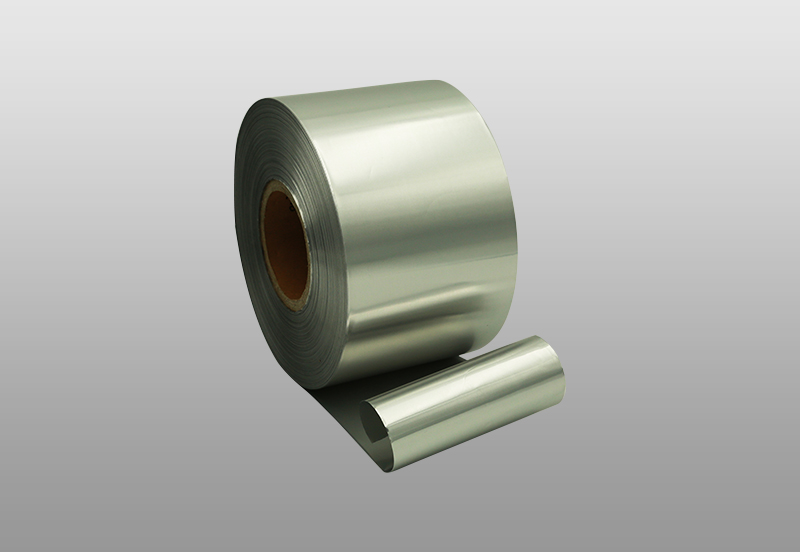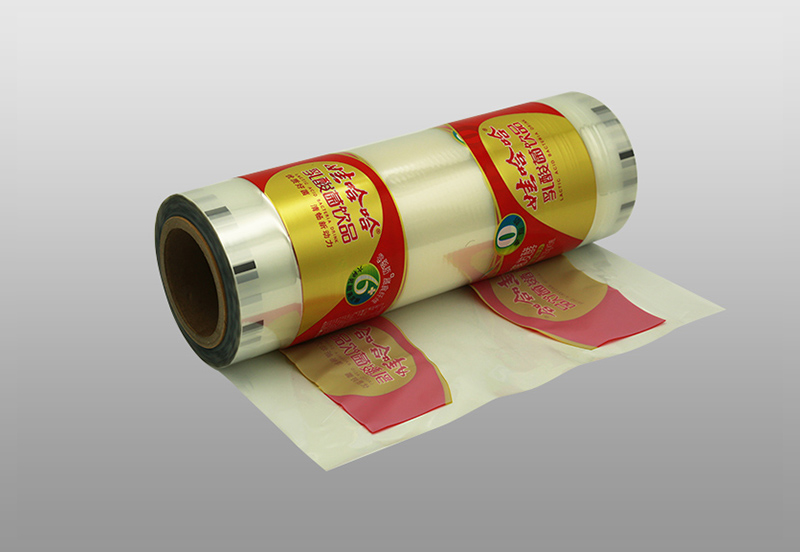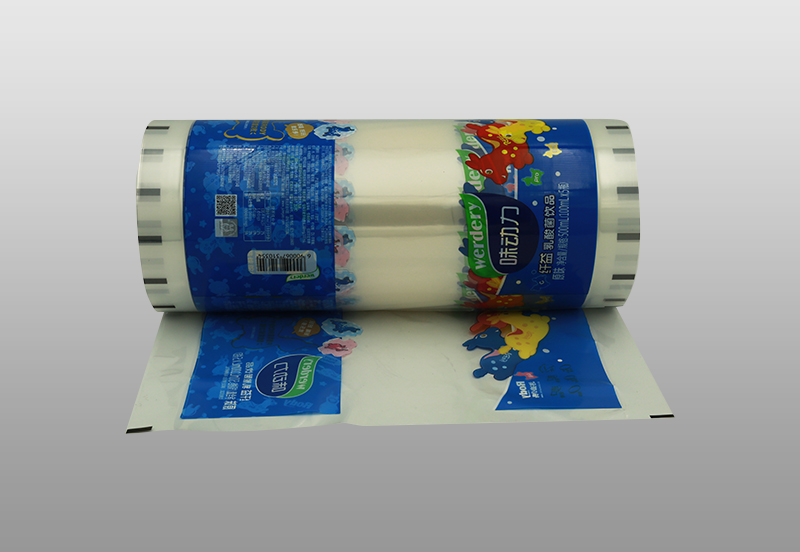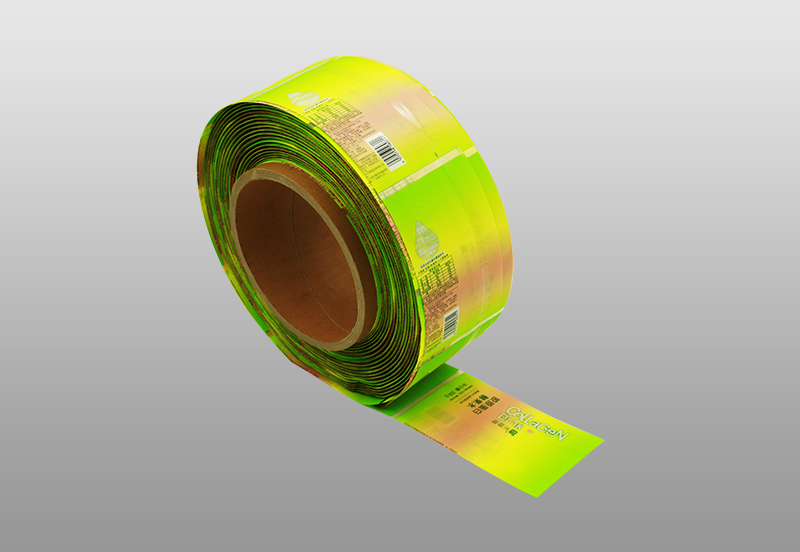The material of the composite membrane includes any possible combination of materials, such as metal oxide covered with a ceramic membrane or polysulfone microporous membrane covered with an aromatic polyamide film. The flat membrane or roll membrane should be made of nonwovens. It is reinforced to support the pressure resistance of the microporous membrane, which is not required for the hollow fiber membrane. So what are the reasons for the weak bonding of the composite film? The main reasons for weak bonding are as follows:
1. The amount of curing agent is insufficient. Insufficient curing agent may be directly caused by insufficient mixing ratio. Adding less curing agent has a great influence on bonding. It may also be caused by indirect reasons, such as excessive moisture in the thinner and consumption of the curing agent, which not only causes weak bonding, but also causes surface quality problems. It is also because the curing agent has not been used up for the first time and has not been properly covered, causing moisture to enter the curing agent.
2. The amount of glue is small. Small amount of glue also causes weak bonding. Bonding mainly relies on adhesives. If the amount of glue is small, the consequences can be imagined. To
3. The problem of electro-activation of the membrane. The surface of the composite membrane must be clean, dry, smooth, dust-free, and oil-free. For non-polar, dense and smooth polyolefin materials, it must be electro-activated. There are two treatment principles of electro-activation:
First, electrical shock or breakdown. Under high-voltage electric fields, the electron flow makes a strong impact on the plastic film, and it increases with the increase of current and voltage, making the surface fluff, becoming rough, and increasing the surface area, resulting in Good wetting effect, increase bonding fastness;
Second, under the action of an electric field, the oxygen in the air turns into ozone, which decomposes into oxygen and new ecological oxygen atoms, and the new ecological oxygen atoms are very strong oxidants, which can affect the carbon in the polyethylene and polypropylene molecules. After oxidation, it becomes carboxyl group or hydroxyl group. With this structure, the polarity of the molecule increases, and the surface tension increases. It has great affinity and attraction to the adhesive with great polarity, and increases the adhesion. Fastness.
Therefore, the electro-activation treatment is very important. In addition, after the corona treatment, the film should be used as soon as possible for printing and lamination. The storage time should not exceed one month. If the storage time is long, the initial value of the corona treatment should be used. Should be increased accordingly.
4. The solvent has a high water content. The high water content of the solvent will lead to weak bonding, which is mainly caused by the reaction of the water and the curing agent group. This problem is raised again, and it is hoped that the composite manufacturer will pay enough attention.
5. The problem of ink binder. The function of the ink binder is to combine the ink with the outer film. If the binder is not good, the ink will be separated from the outer film and completely transferred to the inner film.
6. Penetration of chemical substances. Some composite films have good composite strength before being used for packaging, but delamination and blistering will occur after being used for packaging, mostly because the penetration of chemical substances in the contents corrodes the film, glue or ink. This led to this situation. Therefore, it is necessary to consider the use of suitable films, glues or inks for composite packaging bags for pesticides, pharmaceuticals and other chemical products.

 English
English Español
Español русский
русский 简体中文
简体中文






